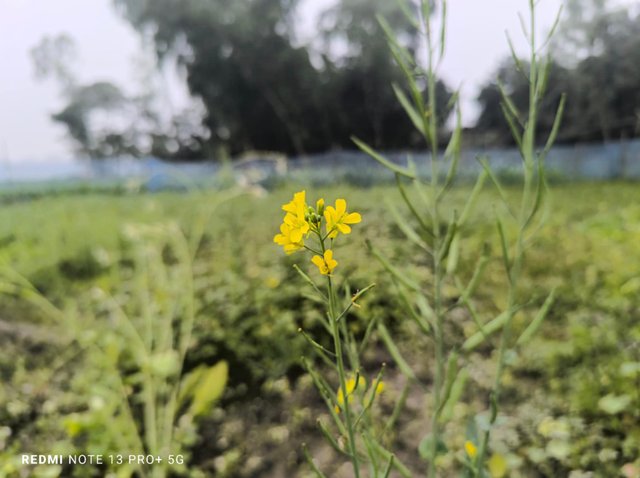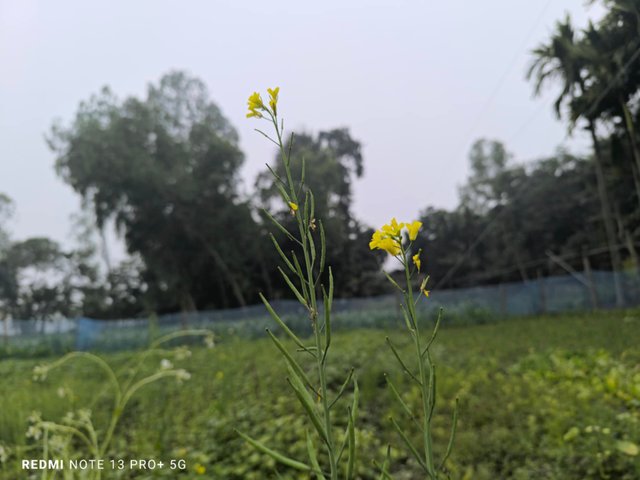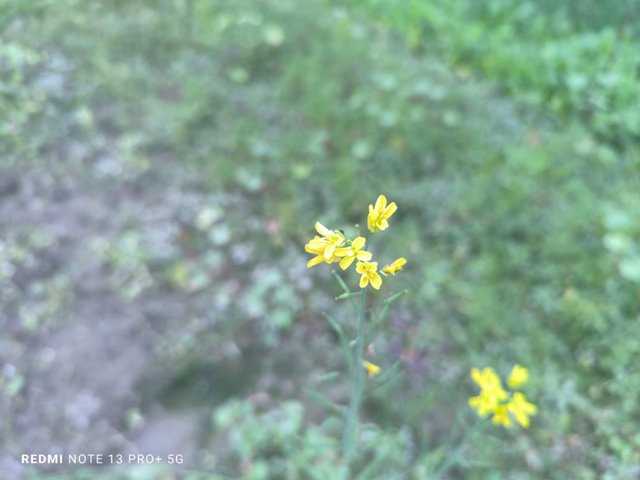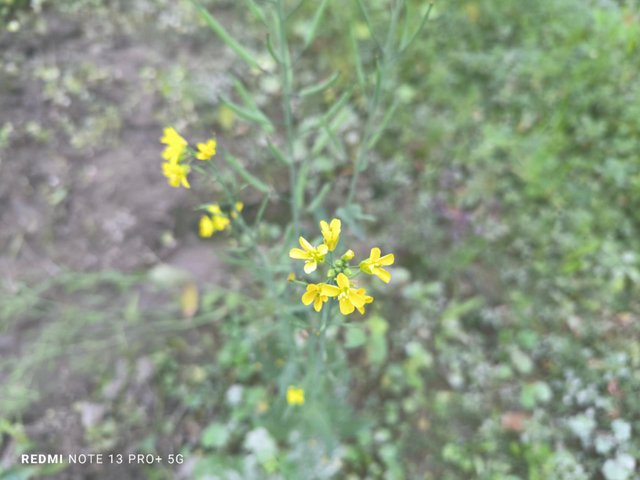The Beauty and Benefits of Mustard Flowers




Mustard flowers, with their vibrant yellow blooms, are a true spectacle of nature. These cheerful blossoms, often seen covering vast fields, bring a sense of warmth and renewal. Beyond their visual appeal, mustard flowers hold cultural, ecological, and economic significance.Mustard flowers belong to the Brassicaceae family and are typically found in temperate regions. The flowers are small, bright yellow, and grow in clusters, forming dense patches that can stretch across fields. Their blooming season usually occurs during late winter or early spring, depending on the climate, painting the landscape with golden hues.
In many cultures, mustard fields symbolize prosperity and abundance. In India, for instance, mustard fields are celebrated in art, films, and literature as a representation of rural beauty and agricultural richness. Festivals like Lohri and Baisakhi often coincide with mustard’s blooming season, further linking the flower to celebrations of harvest and joy.Mustard plants play a vital role in ecosystems. Their flowers attract pollinators like bees and butterflies, supporting biodiversity. Mustard plants are also used in crop rotation as a natural way to improve soil health, reduce pests, and prevent erosion.Mustard isn’t just admired for its flowers. The plant is a powerhouse in agriculture:Mustard Seeds: These are harvested to produce mustard oil, a staple in many cuisines and traditional medicine.Culinary Use: Mustard greens are consumed as a nutrient-rich vegetable.Industrial Applications: Mustard oil is used in cosmetics and biofuels.
Beyond its practical uses, mustard flowers are often seen as a symbol of hope, joy, and positivity. Their golden fields remind us of life’s simple yet profound beauty.Whether you admire mustard flowers for their aesthetic charm or their agricultural value, they stand as a testament to nature’s ability to inspire and sustain life. So next time you pass by a mustard field, take a moment to appreciate its golden splendor!